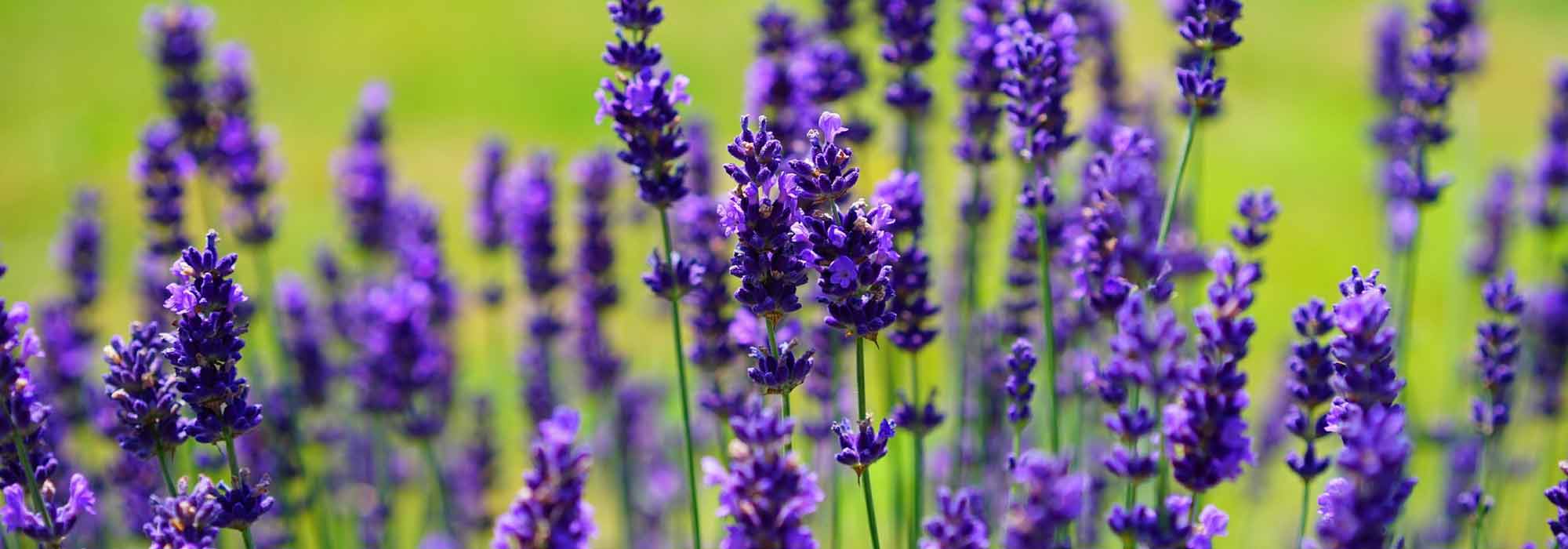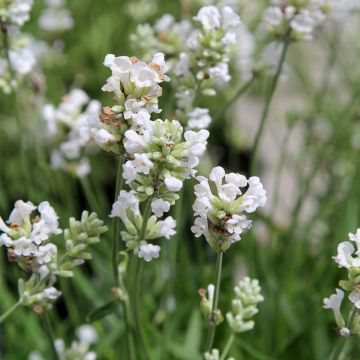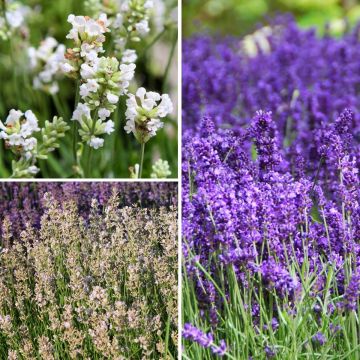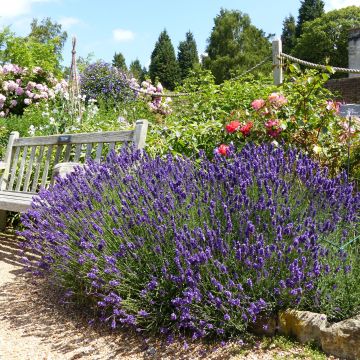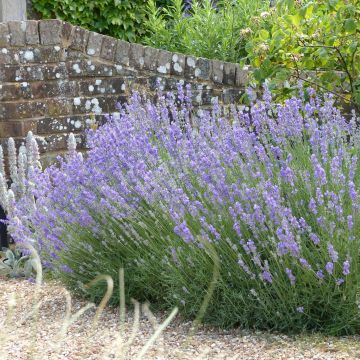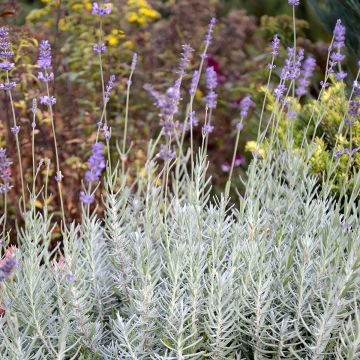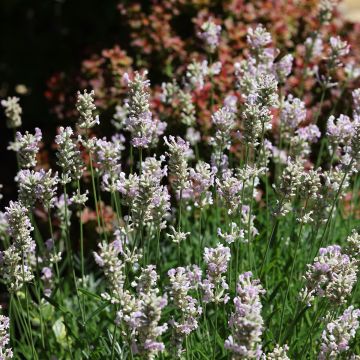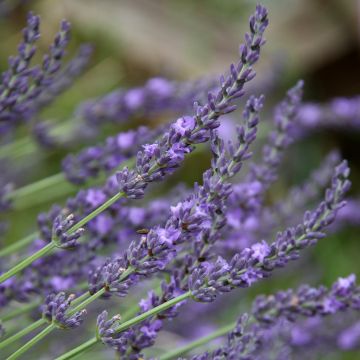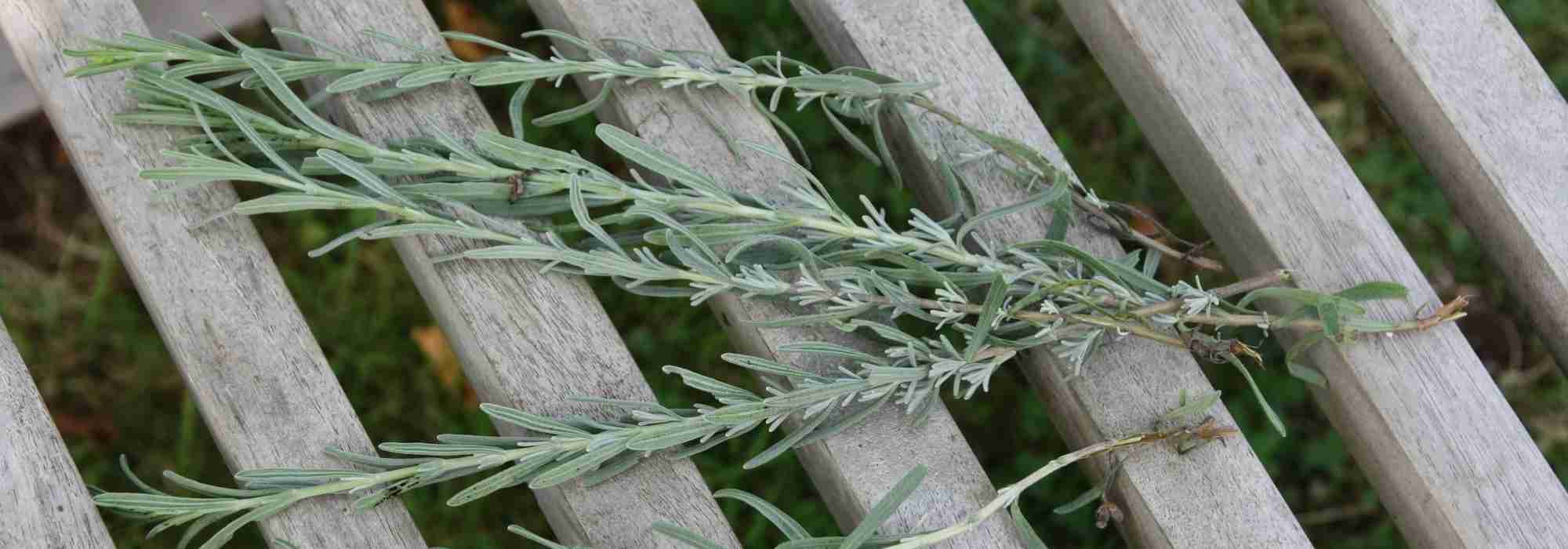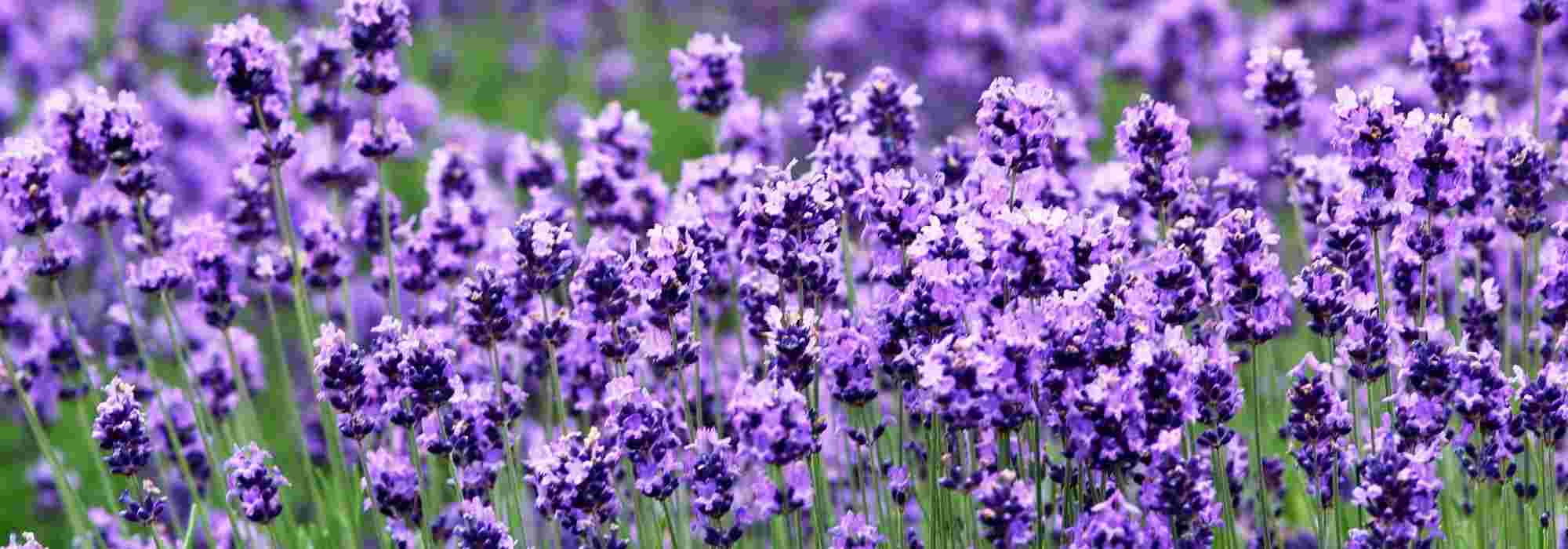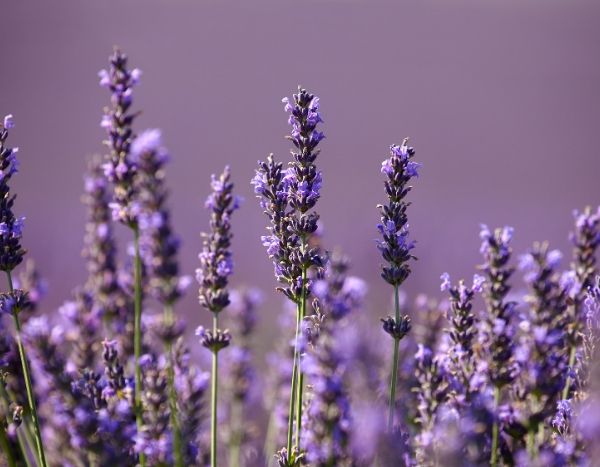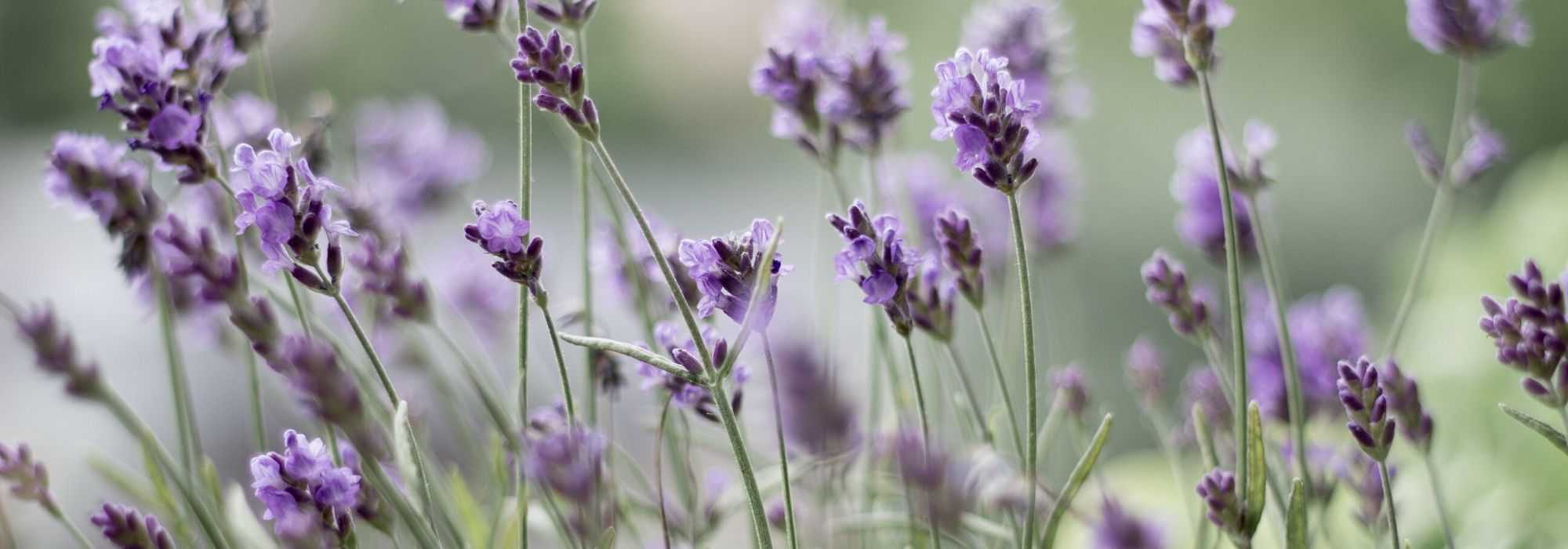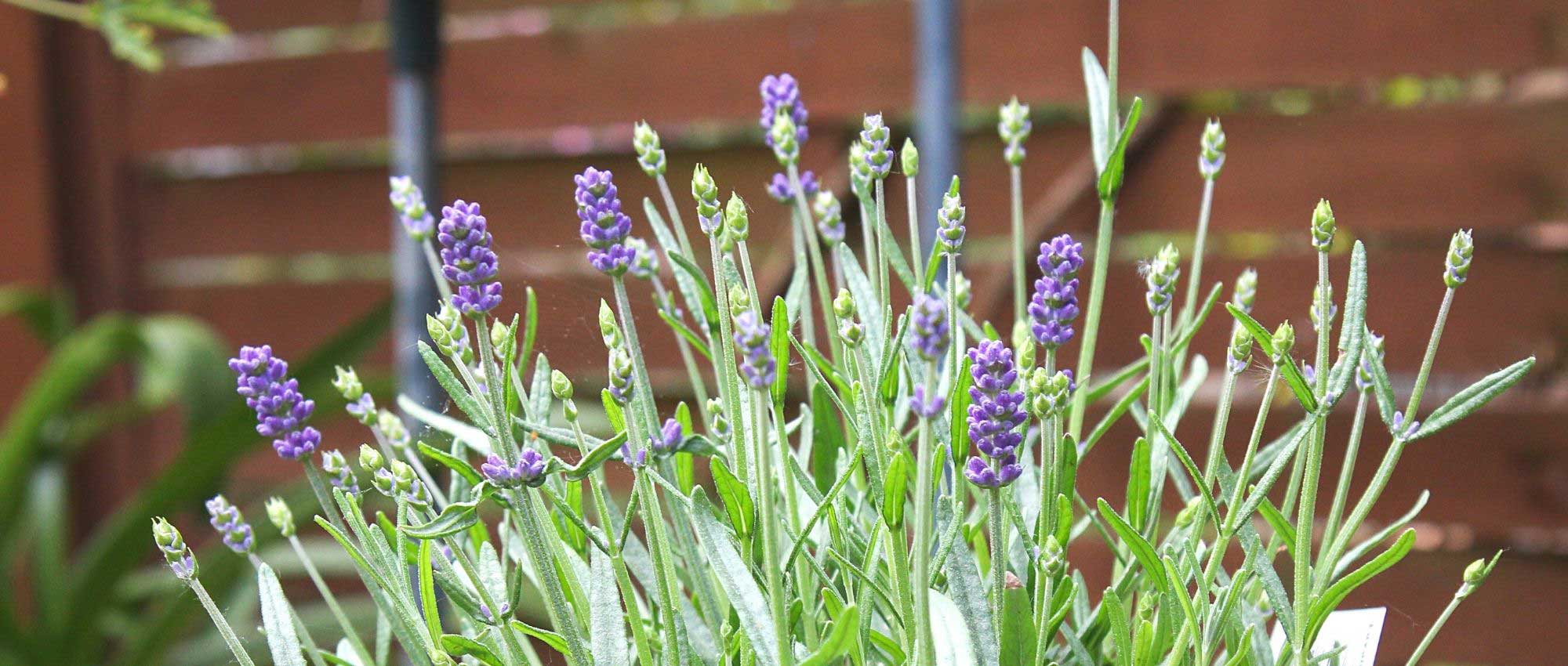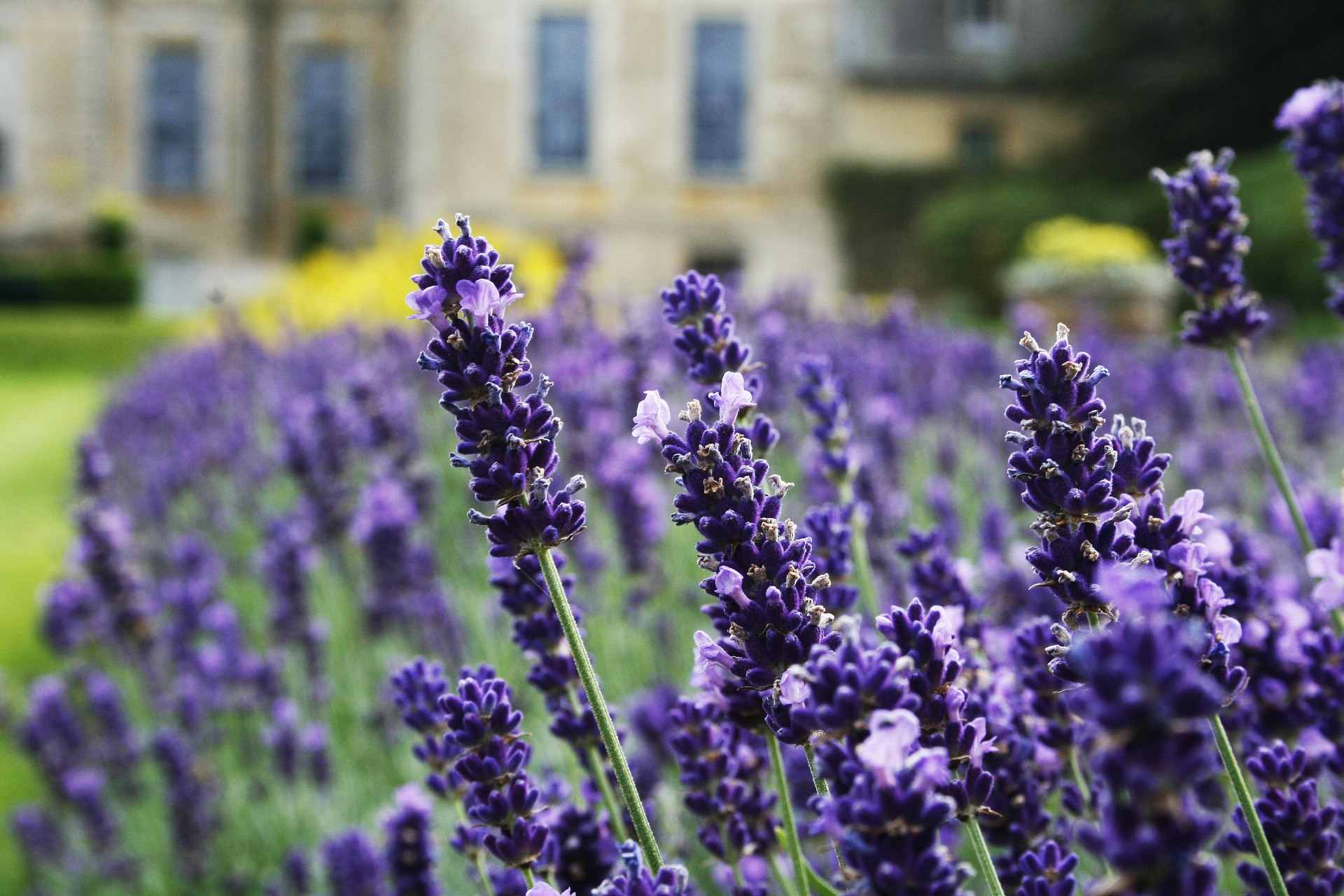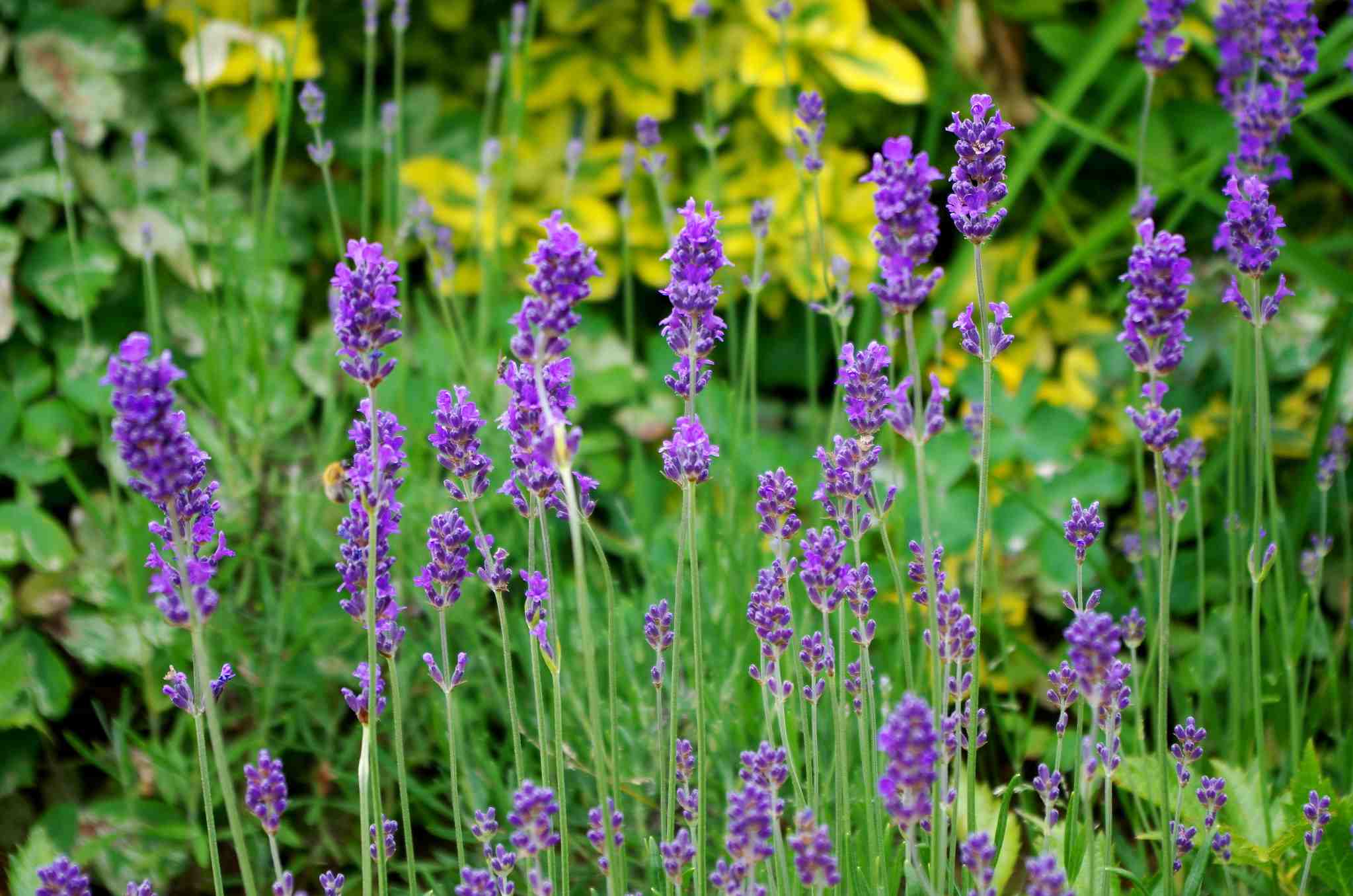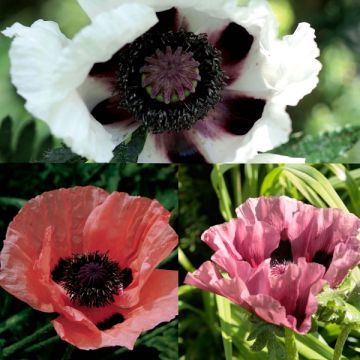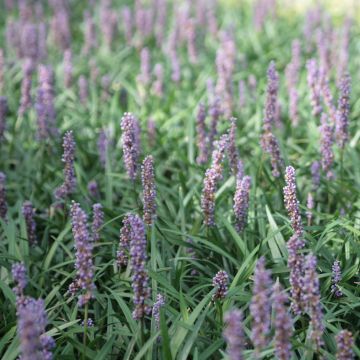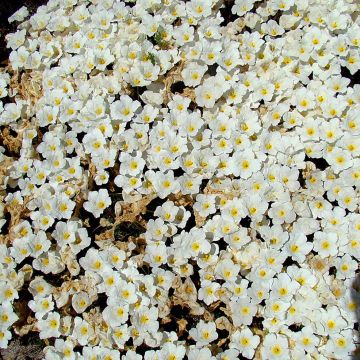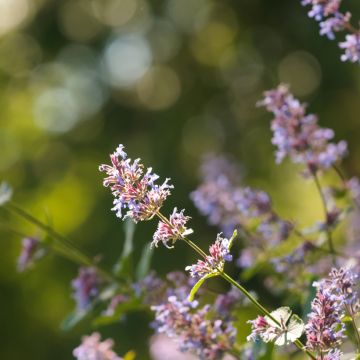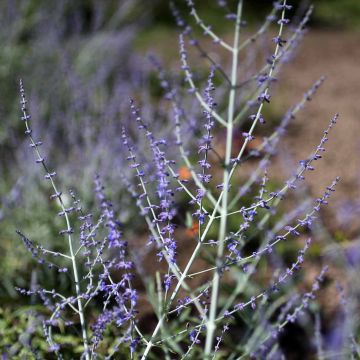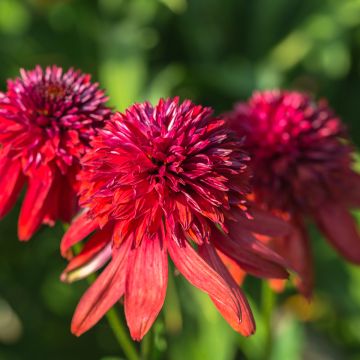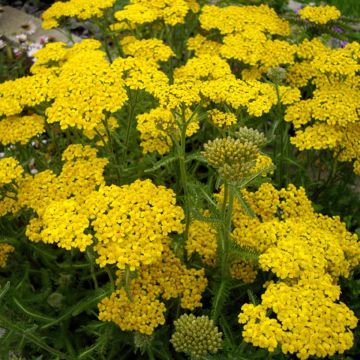

Lavandula angustifolia Silbermöwe - Lavande officinale hybride
Lavandula angustifolia Silbermowe - True Lavender
Lavandula angustifolia Silbermöwe
True Lavender, English lavender
I planted the little heather. All is well. I'm looking forward to spring. For a new order.
Françoise , 24/11/2024
Special offer!
Receive a €20 voucher for any order over €90 (excluding delivery costs, credit notes, and plastic-free options)!
1- Add your favorite plants to your cart.
2- Once you have reached €90, confirm your order (you can even choose the delivery date!).
3- As soon as your order is shipped, you will receive an email containing your voucher code, valid for 3 months (90 days).
Your voucher is unique and can only be used once, for any order with a minimum value of €20, excluding delivery costs.
Can be combined with other current offers, non-divisible and non-refundable.
Home or relay delivery (depending on size and destination)
Schedule delivery date,
and select date in basket
This plant carries a 12 months recovery warranty
More information
We guarantee the quality of our plants for a full growing cycle, and will replace at our expense any plant that fails to recover under normal climatic and planting conditions.
Would this plant suit my garden?
Set up your Plantfit profile →
Description
Lavandula angustifolia 'Silbermöwe' is a very low and very dense variety of lavender, displaying wonderful silver foliage, which is very bright. For two months, it is covered with pure white compact spikes which is superb in front of darker plants. The foliage and flowers are accompanied by a lovely fresh fragrance. The spikes are carried by thin, leafy stems, emerging from evergreen foliage that is even lighter when the soil is dry and the summer is hot. This variety will thrive in a perfectly drained, rocky soil, in full sun.
Lavandula angustifolia, sometimes called English lavender, is a plant of the Lamiaceae family, related to sage, thyme, and rosemary. The 'Silbermöwe' variety is a hybrid form of this plant, which is why it is also found under the name Lavandula x intermedia. It forms an low shrub of small size, not exceeding 30 cm (12in) in all directions. The plant is distinguished by a very compact, dense, and branching habit, forming a bushy and rounded clump. Its decorative and evergreen foliage is composed of narrow aromatic leaves which are a very light colour. In summer, this lavender is covered with a multitude of fragrant and nectar-rich white flowers carried by short cylindrical spikes, at the end of slender woody and leafy stems. In reality, it is the coloured calyxes, which surround the flowers, that influence the perception of the colour of the blooms when viewed from a distance.
Lavender 'Silbermöwe' is a hardy variety, but like most other lavenders, it needs to be planted in full sun in a very well-draining soil (even a rocky soil), on a slope or in a rockery. In a sunny and warm location, its silver-green foliage will be more radiant and its flowers will exude an intense fragrance. An ornamental and Mediterranean plant par excellence, lavender can be used in flower beds, as a specimen plant, in borders, rockeries, pots, seaside areas, and even as a low-flowering hedge.
There are endless possibilities for the gardener, with its graphic appearance and small size, the colour of its foliage, and its white flowers. Lavender 'Silbermöwe' can be associated with small grasses like Stipa pennata or Stipa tenuifolia, which, with their tousled appearance, will contrast with its rounded form and create a harmonious association often found in nature. It also looks wonderful when paired with evening primroses, perennial flax, milkvetches, euphorbias, or placed in front of dark shrubs such as dwarf conifers, strawberry trees, landscape roses, laurel-tin, and photinias. It blends well with Iris germanica, daylilies, and a small bindweed called Convolvulus althaeoides. You can also plant it to create beautiful containers to be placed on the patio or balcony. It is also possible to mix several varieties of lavender together, creating an elegant display with a variety of flower and foliage colours, as well as different plant sizes.
Lavandula angustifolia Silbermowe - True Lavender in pictures




Flowering
Foliage
Plant habit
Botanical data
Lavandula
angustifolia
Silbermöwe
Lamiaceae
True Lavender, English lavender
Cultivar or hybrid
Other Lavendula - Lavender
View all →Planting and care
In nature, lavenders always live in poor and stony, dry, perfectly drained environments, in full sun. These plants dislike summer rain, which makes them sick and causes them to disappear, as they are very sensitive to fungal diseases induced by the combination of heat and soil moisture. In winter, they require good drainage, and in summer, they need to be kept dry. Lavender will age better in poor soil, as its growth will be slower and it will have less tendency to become bare at the base. To limit this phenomenon, pruning should be carried out from a young age, after flowering or in autumn, just above the first buds that can be seen on the wood. Lavenders never regrow on old wood. The clump will thus branch out more and more, remaining compact, eventually forming beautiful round and dense cushions. When planting, provide them with what they like: gravel, stones, coarse sand, but definitely not potting soil, compost, or fertiliser!
.
.
Planting period
Intended location
Care
Planting & care advice
-
, onOrder confirmed
Reply from on Promesse de fleurs
Similar products
Haven't found what you were looking for?
Hardiness is the lowest winter temperature a plant can endure without suffering serious damage or even dying. However, hardiness is affected by location (a sheltered area, such as a patio), protection (winter cover) and soil type (hardiness is improved by well-drained soil).

Photo Sharing Terms & Conditions
In order to encourage gardeners to interact and share their experiences, Promesse de fleurs offers various media enabling content to be uploaded onto its Site - in particular via the ‘Photo sharing’ module.
The User agrees to refrain from:
- Posting any content that is illegal, prejudicial, insulting, racist, inciteful to hatred, revisionist, contrary to public decency, that infringes on privacy or on the privacy rights of third parties, in particular the publicity rights of persons and goods, intellectual property rights, or the right to privacy.
- Submitting content on behalf of a third party;
- Impersonate the identity of a third party and/or publish any personal information about a third party;
In general, the User undertakes to refrain from any unethical behaviour.
All Content (in particular text, comments, files, images, photos, videos, creative works, etc.), which may be subject to property or intellectual property rights, image or other private rights, shall remain the property of the User, subject to the limited rights granted by the terms of the licence granted by Promesse de fleurs as stated below. Users are at liberty to publish or not to publish such Content on the Site, notably via the ‘Photo Sharing’ facility, and accept that this Content shall be made public and freely accessible, notably on the Internet.
Users further acknowledge, undertake to have ,and guarantee that they hold all necessary rights and permissions to publish such material on the Site, in particular with regard to the legislation in force pertaining to any privacy, property, intellectual property, image, or contractual rights, or rights of any other nature. By publishing such Content on the Site, Users acknowledge accepting full liability as publishers of the Content within the meaning of the law, and grant Promesse de fleurs, free of charge, an inclusive, worldwide licence for the said Content for the entire duration of its publication, including all reproduction, representation, up/downloading, displaying, performing, transmission, and storage rights.
Users also grant permission for their name to be linked to the Content and accept that this link may not always be made available.
By engaging in posting material, Users consent to their Content becoming automatically accessible on the Internet, in particular on other sites and/or blogs and/or web pages of the Promesse de fleurs site, including in particular social pages and the Promesse de fleurs catalogue.
Users may secure the removal of entrusted content free of charge by issuing a simple request via our contact form.
The flowering period indicated on our website applies to countries and regions located in USDA zone 8 (France, the United Kingdom, Ireland, the Netherlands, etc.)
It will vary according to where you live:
- In zones 9 to 10 (Italy, Spain, Greece, etc.), flowering will occur about 2 to 4 weeks earlier.
- In zones 6 to 7 (Germany, Poland, Slovenia, and lower mountainous regions), flowering will be delayed by 2 to 3 weeks.
- In zone 5 (Central Europe, Scandinavia), blooming will be delayed by 3 to 5 weeks.
In temperate climates, pruning of spring-flowering shrubs (forsythia, spireas, etc.) should be done just after flowering.
Pruning of summer-flowering shrubs (Indian Lilac, Perovskia, etc.) can be done in winter or spring.
In cold regions as well as with frost-sensitive plants, avoid pruning too early when severe frosts may still occur.
The planting period indicated on our website applies to countries and regions located in USDA zone 8 (France, United Kingdom, Ireland, Netherlands).
It will vary according to where you live:
- In Mediterranean zones (Marseille, Madrid, Milan, etc.), autumn and winter are the best planting periods.
- In continental zones (Strasbourg, Munich, Vienna, etc.), delay planting by 2 to 3 weeks in spring and bring it forward by 2 to 4 weeks in autumn.
- In mountainous regions (the Alps, Pyrenees, Carpathians, etc.), it is best to plant in late spring (May-June) or late summer (August-September).
The harvesting period indicated on our website applies to countries and regions in USDA zone 8 (France, England, Ireland, the Netherlands).
In colder areas (Scandinavia, Poland, Austria...) fruit and vegetable harvests are likely to be delayed by 3-4 weeks.
In warmer areas (Italy, Spain, Greece, etc.), harvesting will probably take place earlier, depending on weather conditions.
The sowing periods indicated on our website apply to countries and regions within USDA Zone 8 (France, UK, Ireland, Netherlands).
In colder areas (Scandinavia, Poland, Austria...), delay any outdoor sowing by 3-4 weeks, or sow under glass.
In warmer climes (Italy, Spain, Greece, etc.), bring outdoor sowing forward by a few weeks.






























